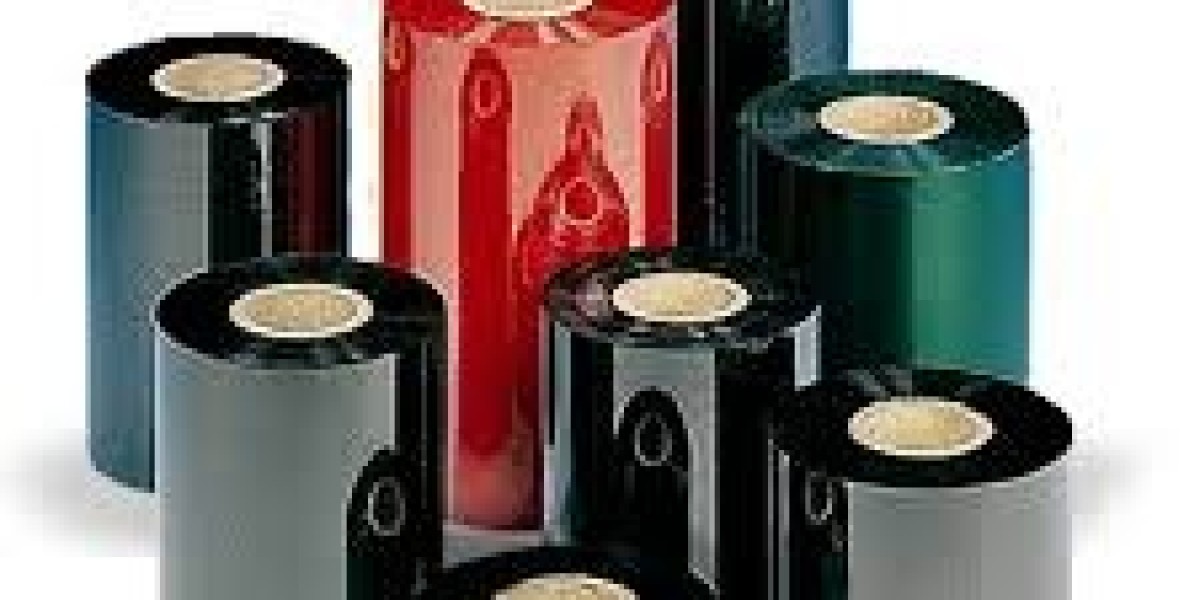Introduction to Wax Ribbon
In the world of thermal transfer printing, Wax ribbon is a widely used consumable. It plays a crucial role in transferring ink onto labels and tags, offering a cost-effective solution for printing on a variety of media. Wax ribbons are known for their affordability, decent print quality, and suitability for general-purpose applications. They are especially favored in industries where high-speed printing and basic durability are required.
What is a Wax Ribbon?
A wax ribbon is a type of thermal transfer ribbon that uses a wax-based ink. This ribbon is coated with a wax formulation that melts when heat is applied from a thermal printhead. The melted wax is transferred onto the surface of the label or tag, where it cools and solidifies to create printed text or images.
Wax ribbons are typically paired with paper-based labels, although they can also be used with some synthetic materials. They are known for their ability to produce sharp, clear prints on smooth or coated paper.
Structure of a Wax Ribbon
A standard wax ribbon consists of three layers:
Backcoat: This is the layer that comes into contact with the printhead. It protects the printhead from friction and static, prolonging its life.
Polyester Film Base: This provides stability and allows the ribbon to be rolled and unrolled smoothly during printing.
Ink Layer (Wax): This is the actual printing layer made primarily of wax. It melts under heat to transfer the image or text to the substrate.
Types of Wax Ribbons
Wax ribbons come in various formulations, and choosing the right one depends on the specific printing requirements:
Standard Wax Ribbons: These offer a good balance of cost and performance, suitable for printing barcodes, shipping labels, and product identification tags.
Premium Wax Ribbons: Formulated for higher-quality prints and slightly more durability, often used for retail labeling, inventory management, and warehouse operations.
Resin-Enhanced Wax Ribbons: These include a small amount of resin to improve scratch resistance and durability while maintaining the cost benefits of wax.
Advantages of Wax Ribbon
Cost-Effective: Wax ribbons are generally the least expensive among thermal transfer ribbons (compared to wax/resin and resin ribbons).
Good Print Quality: They produce crisp and clear images on compatible surfaces.
High-Speed Printing: Suitable for high-volume print jobs where speed is essential.
Easy to Use: Compatible with most thermal transfer printers and simple to install.
Applications of Wax Ribbon
Wax ribbons are ideal for general-purpose printing where long-term durability is not critical. Common applications include:
Shipping Labels
Retail Price Tags
Warehouse Labels
Inventory Tracking Labels
Logistics and Distribution Tags
Office File Labels
Limitations of Wax Ribbon
Despite their advantages, wax ribbons have some limitations:
Lower Durability: Wax prints are more susceptible to smudging, scratching, and fading over time, especially under harsh conditions.
Not Waterproof: Wax-based prints do not hold up well in moist or outdoor environments.
Limited Substrate Compatibility: Best suited for paper labels rather than high-durability synthetic materials.
Best Practices for Using Wax Ribbon
To get the best performance from wax ribbons:
Use compatible paper label materials for optimal adhesion and clarity.
Ensure proper printer settings, including correct heat and speed settings for the ribbon and label type.
Store ribbons in a cool, dry place to prevent degradation before use.
Conclusion
Wax ribbons are an essential component in thermal transfer printing for many businesses. They offer a cost-effective and reliable solution for printing on paper labels, making them suitable for a wide range of applications in logistics, retail, and office environments. While they may not provide the durability needed for extreme conditions, their affordability and ease of use make them a preferred choice for everyday labeling needs.







